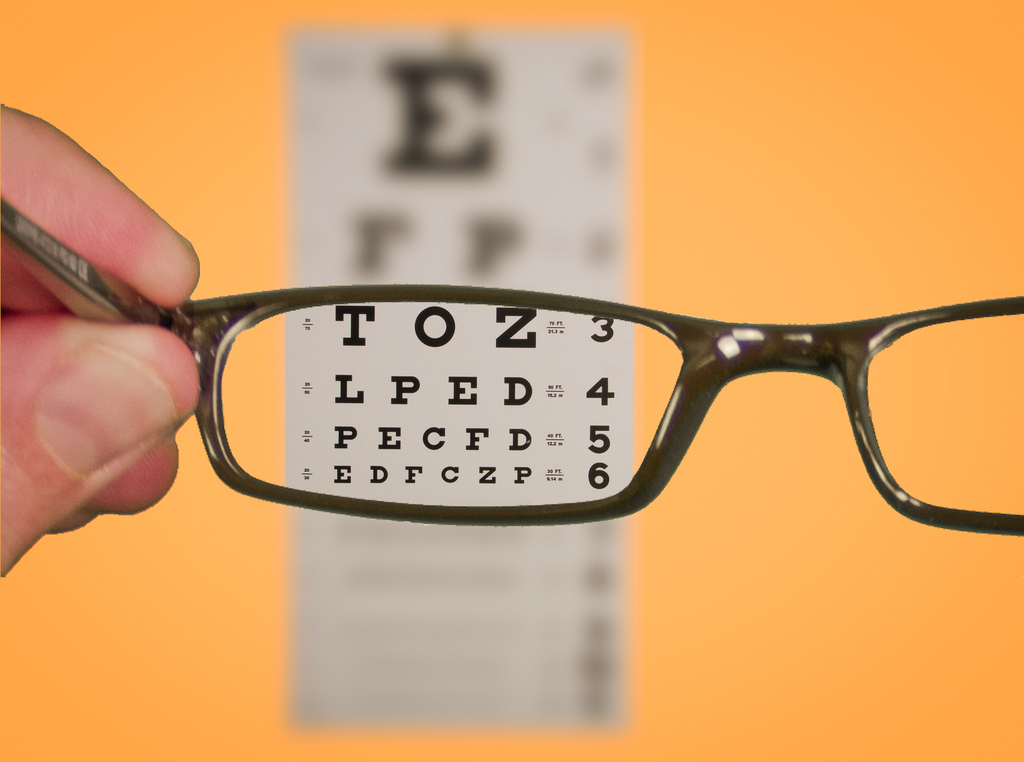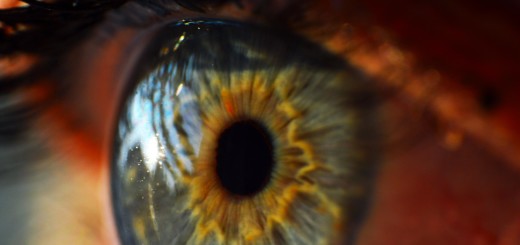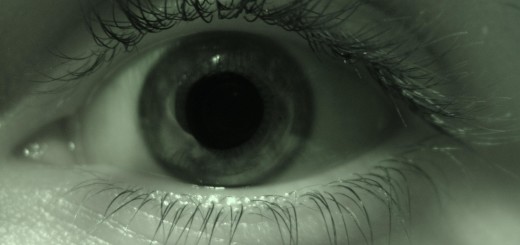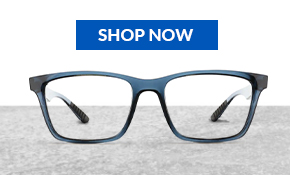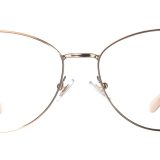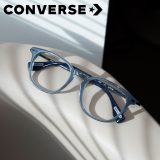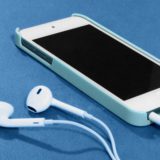Keratoconus Didn’t Stop U.S. Bobsled Driver, Steven Holcomb
The Sochi Olympics are finished but as they closed there was one athlete’s story that captured my attention.
It was the story of American bobsled driver, Steven Holcomb — who first made history in 2010 by winning the first 4-man bobsled gold medal for the U.S. in 62 years. He was there in Russia competing for gold again as his team’s driver.
During the competition, NBC did a feature segment on Holcomb who suffers from a degenerative eye disease called Keratoconus. Keratoconus is not all that uncommon – estimates have it occurring in some form in up to 1-in-every-500 people or — in its rarest form –up to 1-in-2000 people. Simply explained, it is an eye disease that weakens your cornea — the outer lens of the eye. Instead of having a nice round shape, your cornea gradually becomes more and more cone shaped until it’s almost bulging out.
Holcomb’s case was so bad that in 2007 he was deemed legally blind and put on a list for a cornea transplant. It seemed his career in the sport was over. Being blind and driving a bobsled is not a great combination (nor is it legal).
Fortunately, Holcomb was able to find an alternative, non-surgical treatment for his Keratoconus. It’s called C3-R and it basically combines vitamin applications and light treatments in an effort to strengthen the cornea. He also used an insertable contact lens in both eyes that helped his vision improve even more. He came out of his treatments with restored 20/20 vision and was able to go back to competing.
Interestingly enough though, the NBC story shared that Holcomb’s vision was so good when his treatment was finished it made him a horrible bobsled driver. He had apparently become accustomed to driving with imperfect vision and was distracted by how well he could see. So, it took him a while to find a good way to “mess up” his now perfect vision for bobsled driving (though he much appreciated his restored sight for other life functions).
If you notice now, when watching Holcomb compete, he uses scarves and scratched up visors to help distort his vision enough for him to see, but not be too distracted by the details of what is around him.
Though they had hoped for another gold for their collection, Holcomb actually helped the U.S. four-man team win a bronze medal in Sochi. You can read all about his journey with Keratoconus in his book, But Now I See.

